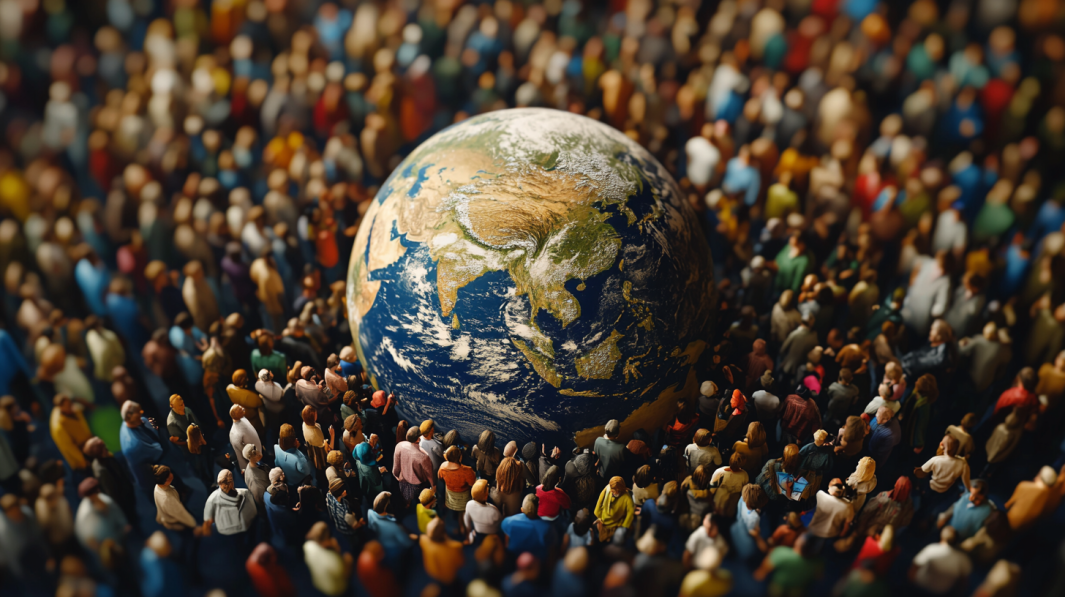The world’s population reached 8.09 billion people on New Year’s Day 2025, reflecting a growth of more than 71 million people over the course of 2024, according to estimates released by the U.S. Census Bureau on Monday. This marks a global population increase of 0.9% for the year, slightly lower than the 75 million growth recorded in 2023.
As the new year begins, global population dynamics show an average of 4.2 births and 2.0 deaths occurring every second, highlighting the relentless pace of growth around the world. The figures emphasize the importance of understanding and planning for demographic shifts that impact economies, resources, and societies globally.
In the United States, the population also saw a notable rise, adding 2.6 million people in 2024. This brings the U.S. population to an estimated 346 million on New Year’s Day.
The Census Bureau’s projections for January 2025 indicate a birth occurring every 9 seconds and a death every 9.4 seconds. International migration continues to play a significant role in the nation’s population growth, with one migrant expected to be added every 23.2 seconds.
Combining births, deaths, and net migration, the U.S. population is predicted to grow by one person every 21.2 seconds.
The 2020s have so far shown moderate population growth in the United States, with an increase of nearly 9.7 million people since the decade began—a growth rate of 2.9%. This rate remains significantly lower than the growth seen in previous decades.
For comparison, the 2010s saw a 7.4% increase in the U.S. population, the slowest growth rate since the Great Depression era of the 1930s.
These new figures reflect ongoing demographic trends and challenges that will shape the future of the United States and the world at large, including aging populations, migration patterns, and varying birth rates across regions.
The data serves as a critical resource for policymakers and researchers navigating these complex issues in the years ahead.
Related Posts:
- A Common Diabetes Drug May Boost Women’s Chances of…
- US Population Hits 340.1 Million, Marking Highest…
- Why Over 25 Million Americans Are Still Uninsured…
- Smart Home Safety Market Reached Over 34 Billion…
- New York’s Population Could Drop by Almost 3 Million by 2050
- Idaho’s Population Crosses 2 Million, According to New Data








